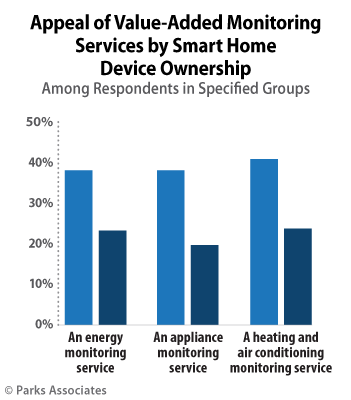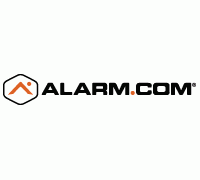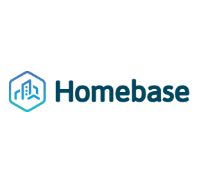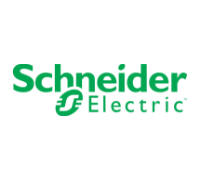Thursday, October 08, 2015
Intersection of Smart Home Devices & Energy Management Services
 Consumers are increasingly connected, mobile, social, and concerned with energy efficiency and cost. More than three-quarters of U.S. broadband households own at least one smartphone, leading a connected life that now includes smart home devices, a part of the movement towards the Internet of Things.
Consumers are increasingly connected, mobile, social, and concerned with energy efficiency and cost. More than three-quarters of U.S. broadband households own at least one smartphone, leading a connected life that now includes smart home devices, a part of the movement towards the Internet of Things.
In Q2 2015, nearly 20% of all U.S. broadband households owned one or more more smart home devices. Many of these smart devices offer energy management capabilities and associated value-added services. Smart energy devices include smart thermostats (the leading smart home category), smart lightbulbs, smart plugs/adapter modules, smart in-wall outlets, and smart power strips.
Consumers are also becoming more aware of how much energy appliances and other home devices use, as well as techniques that can reduce that energy usage. Over 80% of broadband households took at least one action to reduce energy usage or costs in 2014. The majority of U.S broadband households changed thermostat settings and turned off appliances and lights when not in use.
The top five actions taken to reduce energy use can also be achieved with smart devices that can perform the action on the behalf of the consumer. While energy management features are not the main reason consumers are interested in smart home devices, consumers continue to report that these features are an important value-add to device functionality.
As more smart devices with energy management features enter the home, utilities will have to decide where they see themselves fitting into the smart home environment. Will they partner with device manufacturers or service providers? Will they compete in the market and sell or distribute their own smart devices or platforms?
Parks Associates’ industry report Winning Smart Home Strategies for Energy Management examines the intersection of smart home products and energy management services. For more information, click here.
Next: Connectivity is a disruptive force for smart home products
Previous: Residential Security Market Continues to Expand
Comments
Post a Comment




 Consumers are increasingly connected, mobile, social, and concerned with energy efficiency and cost. More than three-quarters of U.S. broadband households own at least one smartphone, leading a connected life that now includes smart home devices, a part of the movement towards the Internet of Things.
Consumers are increasingly connected, mobile, social, and concerned with energy efficiency and cost. More than three-quarters of U.S. broadband households own at least one smartphone, leading a connected life that now includes smart home devices, a part of the movement towards the Internet of Things.











